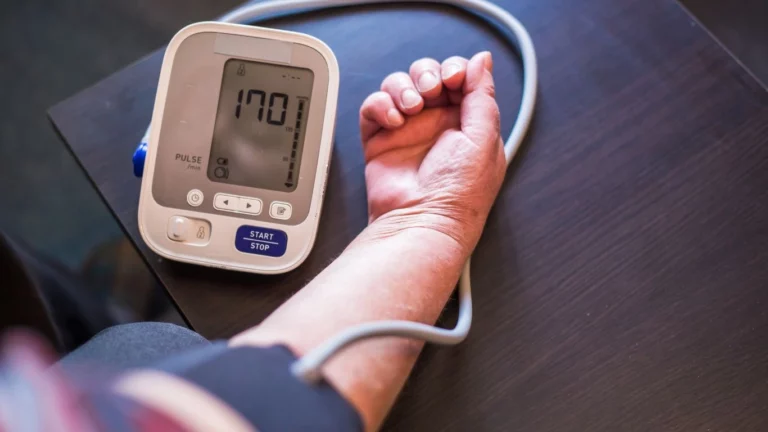How RA Affects Grip Strength and Daily Hand Function
Rheumatoid arthritis (RA) is a long-term condition that causes inflammation in the joints. One of the first and most noticeable symptoms for many people is a loss of grip strength. That means things like opening jars, turning doorknobs, or holding a pen can suddenly become difficult. Understanding why this happens can help you find ways to manage it and stay independent in your daily life.
Understanding Grip Strength and Joint Health
Grip strength refers to how firmly you can squeeze or hold something with your hand. It depends on the muscles, tendons, and joints working together, especially in the hand and wrist. When all parts are healthy, you can grasp objects easily and with control.
In people with RA, the immune system mistakenly attacks the joints, especially those in the hands and fingers. This leads to inflammation (swelling and irritation), which can damage the cartilage and bones over time. Once that damage occurs, it’s harder to use your hands the way you used to.
RA often starts in smaller joints, like those in your fingers, before affecting larger areas. That’s why grip strength is often one of the first things people notice changing.
How RA Affects Grip Strength
In healthy joints, cartilage cushions the ends of bones and lets them glide smoothly when you move. In RA, that cartilage wears down due to ongoing inflammation. The lining of the joint, called the synovium, becomes thick and produces extra fluid. This causes stiffness, swelling, and pain.
When this process happens in the hands, it affects how you grasp, pinch, and hold objects. It’s not just about strength — it’s also about coordination and fine motor skills. Tasks like buttoning a shirt or holding a coffee mug may feel awkward or painful.
Over time, if RA isn’t treated, it can cause permanent joint damage and even deformity, which makes it even harder to use your hands.
Common Causes of Grip Weakness in RA
- Joint inflammation: Swelling in the small joints reduces range of motion and grip power.
- Muscle wasting: RA can lead to muscle loss around the affected joints due to less use.
- Pain: When gripping causes discomfort, people tend to avoid using their hands, which makes muscles weaker.
- Nerve compression: Inflammation may press on nearby nerves, such as in carpal tunnel syndrome, making it harder to control hand movements.
- Joint damage: Long-term inflammation wears down bone and cartilage, leading to deformity or instability in the fingers and wrists.
Many people with RA notice these symptoms come and go, often flaring up in the morning or after periods of rest. The good news is, with treatment, it’s possible to manage this pattern and protect your grip over time.
Symptoms to Watch For
Grip weakness can show up in subtle ways, especially early on. Here are signs that RA may be affecting your hand strength:
- Trouble turning doorknobs or opening jars
- Difficulty holding utensils or pens
- Pain or stiffness in fingers or wrists, especially in the morning
- Hand fatigue during simple tasks
- Swelling or redness around knuckles or wrist joints
- Clicking or grinding sensations when moving the fingers
These symptoms may get worse during flares — times when inflammation is more active. Keeping track of when your grip feels weaker can help your doctor adjust your treatment plan.
When to Seek Help
If you’ve noticed changes in how your hands work — especially if it’s getting harder to do everyday tasks — it’s a good idea to talk to your doctor. Even mild grip weakness could be an early sign of RA or another joint problem.
Getting help early matters. The sooner RA is diagnosed, the more likely you are to avoid serious joint damage. A rheumatologist (a doctor who specializes in autoimmune and joint diseases) can help with a full evaluation and start you on the right treatment path.
Treatment often includes:
- Anti-inflammatory medications
- Disease-modifying antirheumatic drugs (DMARDs)
- Physical or occupational therapy
- Hand exercises to maintain strength and flexibility
- Splints or braces to protect the joints
You don’t have to manage this alone. With the right support, many people with RA continue to live active, fulfilling lives. If your grip is changing, bring it up — even if it seems small. Your hands deserve care, too.
Tips for Protecting Your Grip
In addition to medical treatment, there are practical steps you can take to protect your hands:
- Use tools with larger, cushioned handles
- Take frequent breaks when using your hands
- Apply warm compresses to ease stiffness
- Do gentle hand exercises daily (ask a therapist for safe options)
- Use two hands instead of one to lift or carry objects
- Wear hand splints during flare-ups or at night for support
These small changes can make a big difference over time. If something hurts, don’t push through it — find a gentler way or ask for help.
Looking Ahead
Living with RA means listening to your body and acting early when things feel off. Grip strength may seem like a minor thing, but it affects almost everything you do — from holding a toothbrush to hugging a loved one.
Keep track of changes, stay on top of treatments, and work with your care team to keep your hands strong. With early action and steady support, you can hold on to the things that matter most.

Tarra Nugroho is a dedicated Nurse Practitioner with a strong foundation in family and preventive care. She brings both compassion and clinical expertise to her practice, focusing on patient-centered care and health education. As a contributor to Healthusias.com, Tarra translates medical knowledge into clear, empowering articles on topics like women’s health, chronic disease management, and lifestyle medicine. Her mission is simple: help people feel seen, heard, and informed—both in the clinic and through the content she creates. When she’s not caring for patients, Tarra enjoys weekend hikes, plant-based cooking, and curling up with a good health podcast.






